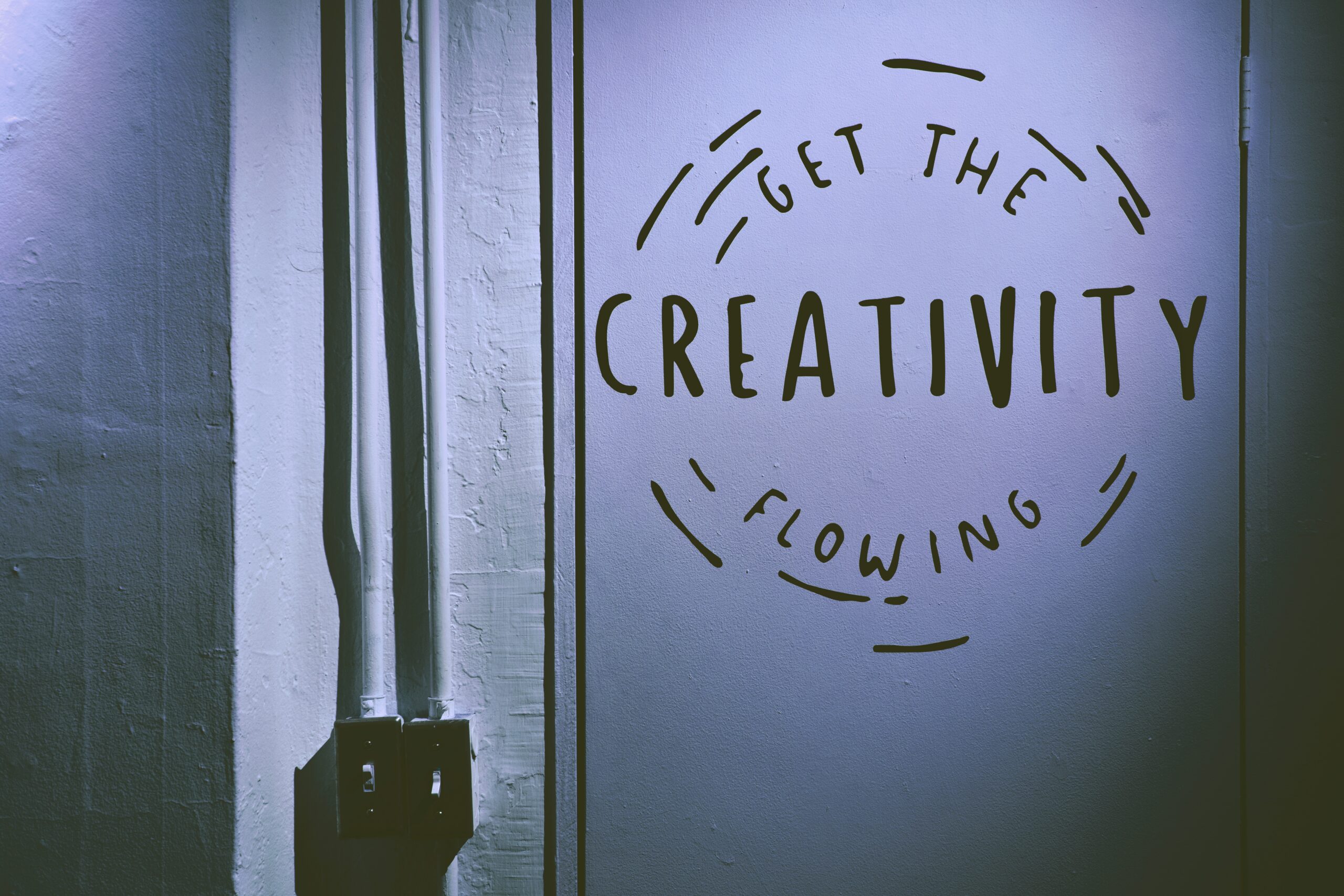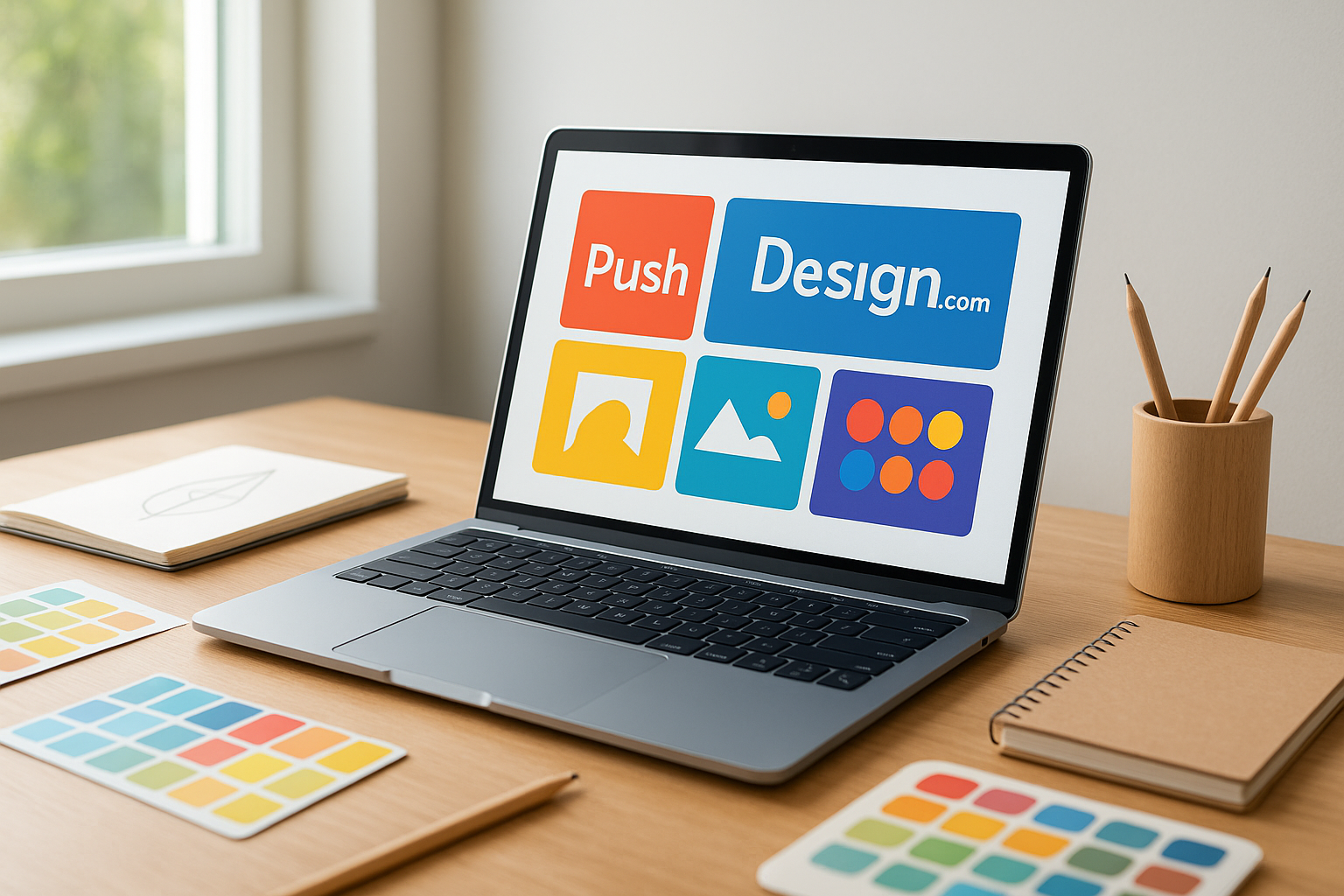4 Workplace Comfort Mistakes That Hurt Employee Productivity
The room consists of a desk, a chair, four walls, and a computer. Surely that’s all it takes. Yet every time someone utters this tired assumption, office productivity quietly slips out the back door. Comfort is not just about temperature or lighting. It’s an elaborate web of physical, psychological and even technological factors. Ignore one, and the entire structure may become unstable. Too many organisations shrug off the little complaints, missing the larger picture entirely. When discomfort festers, performance doesn’t dip. It nosedives. The evidence sits not in esoteric studies but in daily grumbles and unfinished tasks. So what keeps cropping up? Four common mistakes stand atop the list every single year.
- Cranking Up the Air-Con Chaos
Whether it’s too cold or too hot, nobody agrees, yet employers continue to treat temperature control as an afterthought. There’s almost comic disbelief at how central this is to daily performance. A study might say optimal temperatures hover around 22°C, but real workplaces twist that number with dodgy thermostats or inflexible policies. Employees huddle in jumpers or sneakily prop windows open while management wonders why specialist air conditioning and mechanical companies like Sub Cool FM (www.sub-cool-fm.co.uk) get so many frantic calls for expert advice each summer. Comfort equals focus. Discomfort breeds distraction faster than TikTok trends. An icy workspace turns typing fingers sluggish and frays tempers within hours. It’s not trivial. It’s business-critical.
- Lighting: Setting Workers Up to Squint
Glance at any modern office space. A dazzling array of overhead LEDs promises enlightenment but often delivers headaches instead. The obsession with uniform brightness ignores human differences completely. One worker’s perfect shine becomes a neighbour’s migraine. Dim corners get overlooked. Screens glare like beacons across open-plan floors. Productivity evaporates in the squinting and eye-rubbing phase long before anyone thinks to blame bad lighting rather than poor motivation or lack of caffeine. Adjustable lamps help reduce mistakes, so could we explore why they are often unavailable? A minor tweak here fixes more than most budget overhauls ever could.
- Ambience Assassins: Noise Without Pause
It’s typical for printers to converse and coworkers to argue over tea until attention vanishes into the background hum. Open workplaces encourage teamwork, although distractions are common (headphones don’t help). Noise is more than annoying. In tasks that need deep thinking or precision, it destroys concentration. As minds juggle unanswered conversations, invisible stress builds faster than anyone realises. Walls divide more than just space. They protect the brain from exhaustion.
- Ignoring Ergonomics Until Backs Break
Sit for eight hours on an uncomfortable chair and watch your creativity wane by midday, and your aches start before bedtime. Ergonomics goes beyond onboarding buzzwords. This fundamentally shapes employee well-being, as height-adjustable workstations are now considered essential rather than a luxury. Posture counts. Long-term neglect leads to increased absenteeism and higher health insurance claims. Adjusting monitor posture or improving lumbar support can deliver immediate benefits without requiring overhauls to annual budgets.
Conclusion
Little things that make work more comfortable every day, not huge gestures, boost productivity. Air is breathed every morning. Paperwork was illuminated by midday. People only speak when necessary, not to generate noise. Body-fitting chairs were designed to move, not lean forward till worn out. These things distinguish effective teams from those that just get through another day at work, except for the rising unhappiness on their faces by Friday afternoon.
Image attributed to Pexels.com










